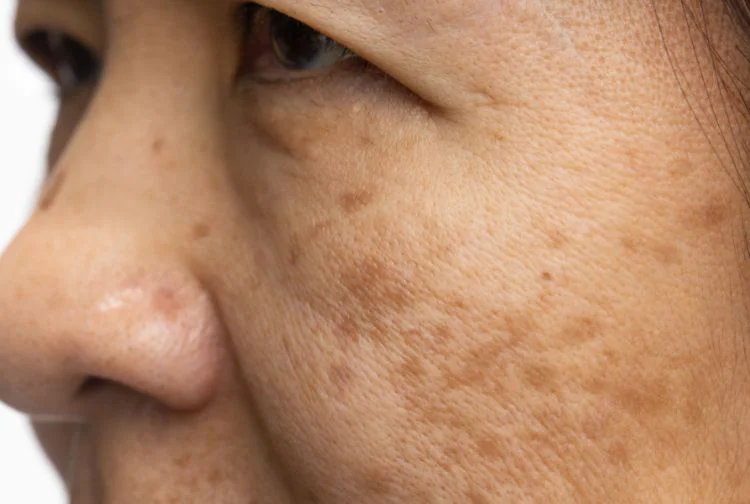Is Dermal Pigmentation Removal Safe and Effective?

Dermal pigmentation refers to deeper layers of skin discoloration that sit below the epidermis, making them harder to treat than surface-level marks. These pigment concerns often result from sun exposure, inflammation, hormonal changes, or genetic factors. Many people in Dubai seek solutions because these deeper pigment patches can affect overall confidence and skin appearance. In the middle of exploring various treatment options, the discussion surrounding Dermal Pigmentation In Dubai becomes important as individuals want to know how safe, effective, and reliable modern approaches are. With new technologies and improved dermatological techniques, the safety profile of these treatments has become a central point of interest for residents aiming for clearer and more even-toned skin. Why People Seek Treatment Many individuals consider pigmentation removal not only for aesthetic improvement but also to restore a healthy and fresh complexion. Uneven tone can make the skin appear dull, t...









